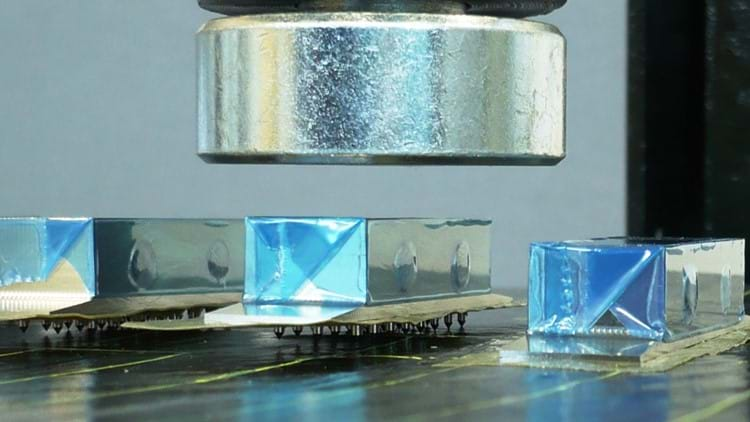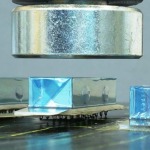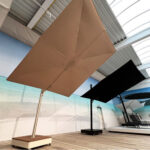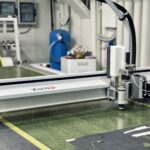The American Composites Manufacturers Association (ACMA) has announced the winners of its Awards for Composites Excellence (ACE). ACE is a composites industry competition that recognises outstanding achievement and innovation in technology, manufacturing and product development. The winning and finalist entries were on display in the ACE Award Pavilion at the CAMX exhibition on 12-14 December. “At a time in our industry where disruptive innovation is top-of-mind, this year’s ACE winners have all shown the ability to change composites and advanced materials manufacturing as we know it,” says Marcy Offner, Director of Marketing Communications for Composites One, the sponsor of the awards.
In the design category, the Innovation in Green Composites Design Award is presented to the composites product that best exemplifies innovation that minimises the environmental footprint or offers an attractive life cycle assessment (LCA) of the product. This year, the award went to Oak Ridge National Laboratory for developing and demonstrating large-scale bio-based 3D printing used to 3D print a large portion of the world’s largest green printed pavilion structure. The design category also features the Most Creative Application Award, which is given to the composites product that showcases composites use in a unique, new application. This year, the award was presented to The Aerospace Corporation for developing a processing method to manufacture replicated composite mirrors with high optical quality and dimensional stability under varying hygrothermal environments.
In the manufacturing category, the Equipment and Tooling Innovation Award is given to the equipment, tooling, production aid or software that is designed to improve manufacturing production, environmental sustainability or product quality and performance in composites manufacturing. This year, the award went to Autodesk for its comprehensive platform that provides an end-to-end solution for composite manufacturers. The manufacturing category also features the Materials and Process Innovation Award, which recognises a material or process that best contributes to efficient manufacturing and product sustainability. This year, the award went to Gifu University, Japan, for its novel process that provides a high flexibility of design, high fabrication yield, and easy shaping for a carbon fibre reinforced thermoplastic (CFRTP) moulding product.
Finally, in the market growth category, the Infinite Possibility Award is given to the composites product that demonstrates the potential to significantly increase the use of composites in existing markets or generate the greatest impact to open new and emerging markets for composites. The award went to Ashland Performance Materials. Ashland collaborated with Ford and Magna International on a composite subframe that not only reduces the weight of a vehicle but also consolidates the number of parts needed in its assembly by over 80%.













